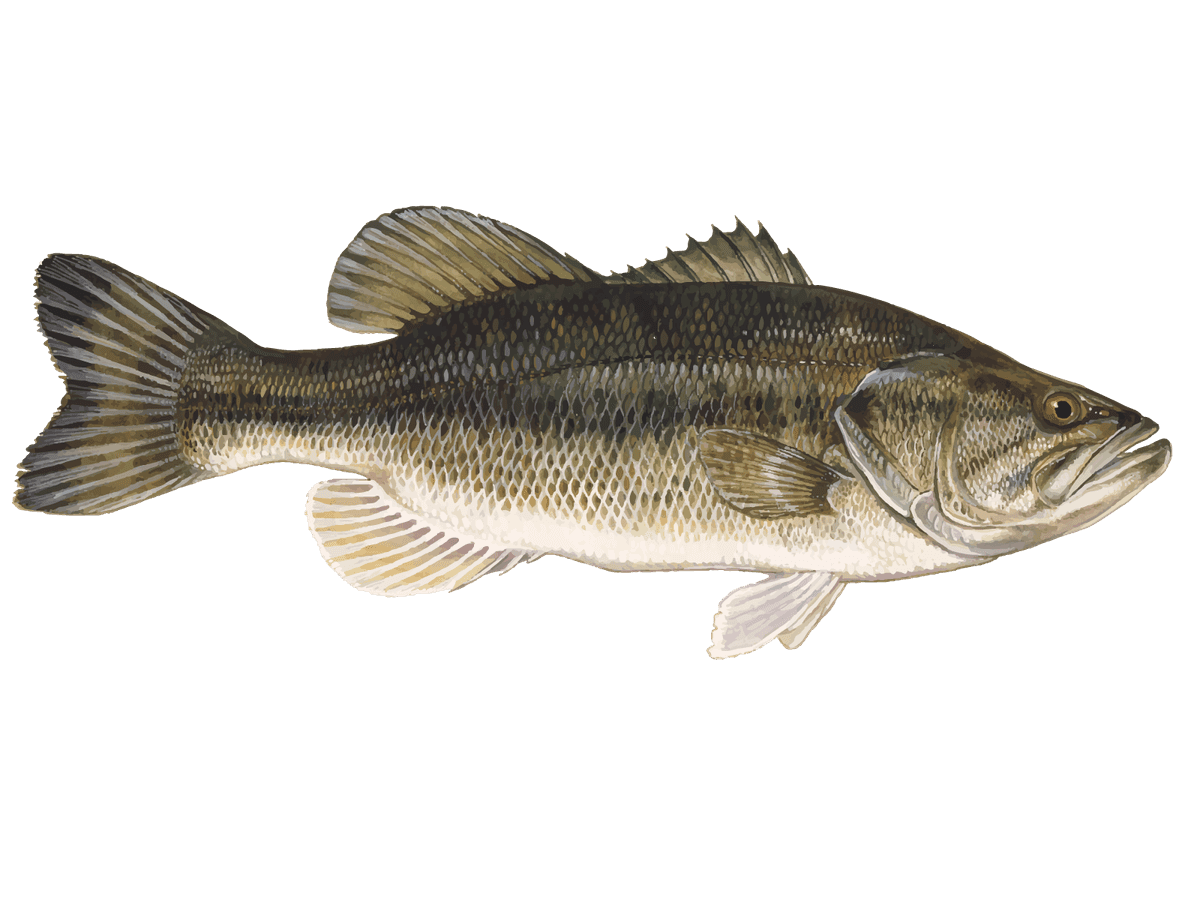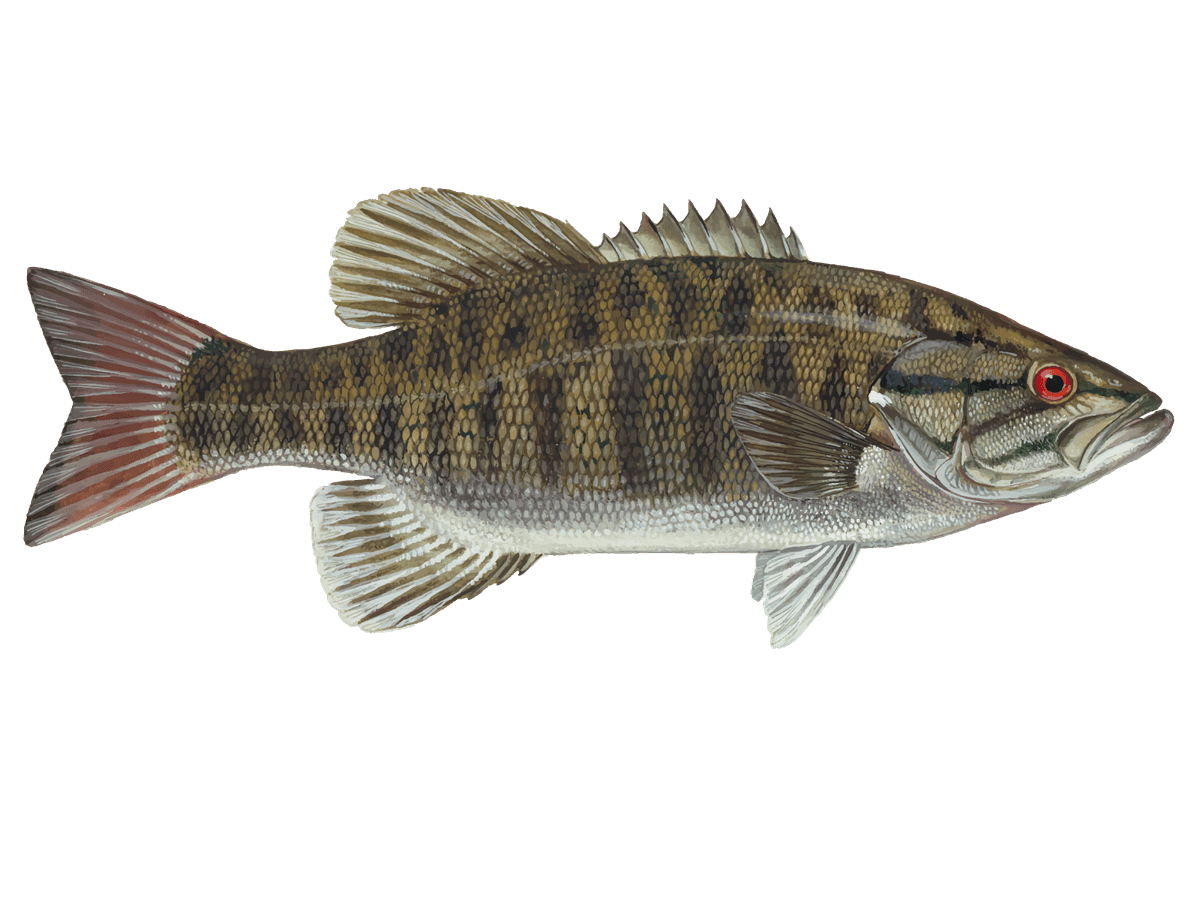World-Class Wisconsin River Fishing Adventure
- Published Date: July 17, 2025
- Fishing
- Wisconsin River
- $150 - $400 price range
- Updated Date: September 19, 2025
Summary
%2F%2Fusers%2Fd2407ee3-df56-41cf-98c7-e03b825967a9%2Fratecard%2Fangler-fish-wisconsin-mfnbklh9.jpg&w=1200&q=75)
River Monsters Caught
Wisconsin River: Bass & Musky Paradise
Ready to tangle with some of Wisconsin's most prized gamefish? Our guided trip on the Wisconsin River puts you right in the thick of prime bass and musky territory. Whether you're a seasoned angler looking to land that trophy catch or a newbie eager to learn the ropes, we've got you covered. Spend a full day on the water with our expert guides, targeting everything from hard-fighting smallmouth to toothy muskies. We provide all the gear, so all you need to bring is your game face and a willingness to learn. Let's dive into what makes this trip a can't-miss for any fishing enthusiast.
What to Expect on the Water
From the moment you step on the boat, you're in for a treat. The Wisconsin River is a playground for anglers, with its diverse habitats and healthy fish populations. We'll cruise to some of our guide's favorite honey holes, spots that have consistently produced big fish over the years. You'll learn to read the water, identifying key structures like submerged logs, rocky points, and weed edges where predators like to ambush their prey. Our guides are pros at adapting to conditions, so whether the fish are in a finicky mood or on an all-out feeding frenzy, we'll adjust our tactics to maximize your chances of success. And don't worry if you're new to fishing – we'll break down each technique step-by-step, from properly working a jig to the nuances of topwater lure action.
Gear Talk & Fishing Know-How
We're all about using the right tool for the job, and that's why we provide top-notch equipment tailored to the species we're after. For bass, expect to sling some finesse plastics on light spinning gear, or chunk big swimbaits on baitcasting setups if we're hunting for lunkers. When it comes to musky, we break out the heavy artillery – stout rods paired with reels that can handle those massive figure-8s at the boat. We'll show you how to work different lures, from walk-the-dog topwaters that drive smallies crazy to massive bucktails that trigger reaction strikes from muskies. Throughout the day, we'll cover everything from proper hook-setting techniques to the art of playing big fish. By the time you're done, you'll have a solid grasp on river fishing tactics that you can use anywhere.
Species You'll Want to Hook
Smallmouth Bass: These bronze bombers are the heart and soul of Wisconsin River fishing. Known for their acrobatic fights and aggressive strikes, smallies in the 2-4 pound range are common, with the potential for true trophies pushing 5-6 pounds. They love current seams and rocky structure, and nothing beats the excitement of a smallmouth blasting a topwater lure. Peak season is typically from late spring through early fall, but they can be caught year-round with the right approach.
Largemouth Bass: While often overshadowed by their smallmouth cousins in river systems, largemouth bass in the Wisconsin River can grow to impressive sizes. These ambush predators prefer areas with less current, often hanging around weed edges, fallen trees, and backwater areas. A 5-pounder is a great catch here, and they're suckers for well-presented soft plastics or swimbaits. The warmer months, especially around the spawn in late spring, can produce some memorable largemouth action.
Muskellunge (Musky): The elusive "fish of 10,000 casts" calls the Wisconsin River home, and for good reason. With plenty of forage and structure, muskies here can grow to massive proportions. A legal musky (40 inches in Wisconsin) is a trophy in its own right, but fish pushing 50 inches or more are caught every year. These apex predators are known for their lightning-fast strikes and powerful runs. Fall is prime time for trophy hunters, but muskies can be targeted successfully throughout the open water season.
Northern Pike: Often referred to as "water wolves," northern pike are aggressive predators that provide fast action and hard fights. While they don't typically reach the sizes of muskies in the Wisconsin River, a 30-inch pike is still a handful on medium tackle. These toothy critters are often caught while targeting other species, but can also be specifically pursued with similar tactics to musky fishing. Spring and fall tend to be the best seasons for bigger pike, but they're active year-round.
Why Anglers Keep Coming Back
There's something special about fishing the Wisconsin River that keeps folks coming back year after year. Maybe it's the raw beauty of the landscape, with its towering bluffs and lush shorelines. Or perhaps it's the thrill of never knowing what might be on the end of your line – a chunky smallmouth one cast, a toothy musky the next. Our guests often tell us it's the combination of world-class fishing opportunities and the laid-back, "teach a man to fish" approach of our guides that makes these trips so memorable. We're not just here to put you on fish; we're here to help you become a better angler, plain and simple.
Time to Book Your Spot
If you're itching to experience some of the best multi-species fishing the Midwest has to offer, it's time to lock in your date on the Wisconsin River. Our full-day guided trips are perfect for solo anglers looking to hone their skills or pairs who want to share the excitement of battling river monsters together. Remember, we provide all the gear, so you can focus on what matters – catching fish and making memories. Whether you're dreaming of that trophy musky photo or just want to bend a rod on some hard-fighting smallies, we've got you covered. Don't let another season slip by – reach out now and let's get you on the water for an unforgettable day of Wisconsin River fishing. The big ones are waiting, and trust us, you don't want to miss out on this action!
Learn more about the animals
Largemouth Bass
Largemouth bass are the bread and butter of Wisconsin River fishing, typically running 1-4 pounds but with trophy potential up to 8 or more. You'll find them in weedy areas, near fallen trees, and around docks – anywhere they can ambush prey. They're active spring through fall, with peak fishing often in early summer and again in fall. Anglers love largies for their accessibility and hard-fighting nature. They'll smash topwater lures, which makes for exciting visual strikes. Plastic worms, jigs, and crankbaits all produce well. These bass are also good eating if you want to keep a few smaller ones. When the bite's tough, try flipping soft plastics into heavy cover – sometimes you need to put it right on their nose. Local tip: focus on shady areas during bright, hot days. The bass often tuck under overhanging trees or boat docks to escape the sun.

Muskellunge
Muskies are the apex predators of the Wisconsin River, growing up to 4 feet long and 30-40 pounds. These elusive giants prefer cooler water near weed edges and rocky structures. Fall is prime musky season when they feed heavily before winter. Anglers chase muskies for the thrill of the hunt and the potential for a trophy catch – they're not called "the fish of 10,000 casts" for nothing. When you do hook one, be ready for an epic battle. Use heavy gear with 80-100 lb test line and stout wire leaders. Large bucktails, crankbaits, and soft plastics are go-to lures. Work them with a figure-8 at the boat – muskies often follow and strike at the last second. My local tip: focus on areas where deep water meets shallow flats, especially during low-light periods. Patience and persistence are key with these river monsters.

Northern Pike
Northern pike are the toothy torpedoes of the Wisconsin River, averaging 2-3 feet long but sometimes pushing 4 feet or more. These ambush predators lurk in weedy areas and around submerged logs, waiting to strike. Spring and fall are prime pike seasons when they're most active in shallow water. Anglers love pike for their aggressive strikes and powerful runs – they'll test your gear and your skills. Be ready with wire leaders, as their razor-sharp teeth can slice through regular line. I like using big spoons or inline spinners, retrieved at a steady pace to trigger strikes. Pike make for decent eating if prepared right, but most folks release them. Pro tip: when a pike hits, don't set the hook right away. Let it run for a few seconds to make sure it's got the lure, then reel down and sweep the rod to the side for a solid hookset.

Smallmouth Bass
Smallmouth bass are a feisty freshwater favorite, typically running 12-20 inches long. You'll find them in clear, cool waters with rocky bottoms – they love hanging around structure. These bronze beauties are most active in spring and fall when water temps are moderate. Anglers prize smallies for their acrobatic fights – they'll leap out of the water and give you a real tussle. They're also tasty eating if you're looking to keep a few for the pan. When targeting smallmouth, I like to use light spinning gear with 6-10 lb test line. Soft plastic jerkbaits work great, especially when fished with a twitching retrieve near drop-offs or submerged logs. For a local trick, try casting parallel to the shoreline early in the morning – that's when smallies often cruise the shallows looking for an easy meal.

%2Ffit-in%2F250x250%2Fguide_websites%2F1312%2Fimages%2Fwassa.png&w=1200&q=100)


%2Fusers%2Fd2407ee3-df56-41cf-98c7-e03b825967a9%2Fimages%2Ffishing-wi-2481.jpg&w=768&q=75)
%2Fusers%2Fd2407ee3-df56-41cf-98c7-e03b825967a9%2Fimages%2Fsuccessful-fishing-wisconsin-2482.jpg&w=768&q=75)
%2Fusers%2Fd2407ee3-df56-41cf-98c7-e03b825967a9%2Fimages%2Fnorthern-pike-fishing-wi-2485.jpg&w=768&q=75)
%2Fusers%2Fd2407ee3-df56-41cf-98c7-e03b825967a9%2Fimages%2Fangler-fish-wisconsin-2393.jpg&w=768&q=75)
%2Fusers%2Fd2407ee3-df56-41cf-98c7-e03b825967a9%2Fimages%2Ffishing-trip-wisconsin-rapids-2732.png&w=768&q=75)
%2Fusers%2Fd2407ee3-df56-41cf-98c7-e03b825967a9%2Fimages%2Fsea-trout-catch-wisconsin-2416.jpg&w=768&q=75)
%2Fusers%2Fd2407ee3-df56-41cf-98c7-e03b825967a9%2Fimages%2Fsuccessful-fishing-trip-wi-2382.jpg&w=768&q=75)
%2Fusers%2Fd2407ee3-df56-41cf-98c7-e03b825967a9%2Fimages%2Fsea-trout-wisconsin-rapids-fishing-2382.jpg&w=768&q=75)
%2Fusers%2Fd2407ee3-df56-41cf-98c7-e03b825967a9%2Fimages%2Fsuccessful-fishing-wisconsin-rapids-2345.jpg&w=768&q=75)
%2Fusers%2Fd2407ee3-df56-41cf-98c7-e03b825967a9%2Fimages%2Fwisconsin-rapids-muskellunge-catch-2388.jpg&w=768&q=75)
